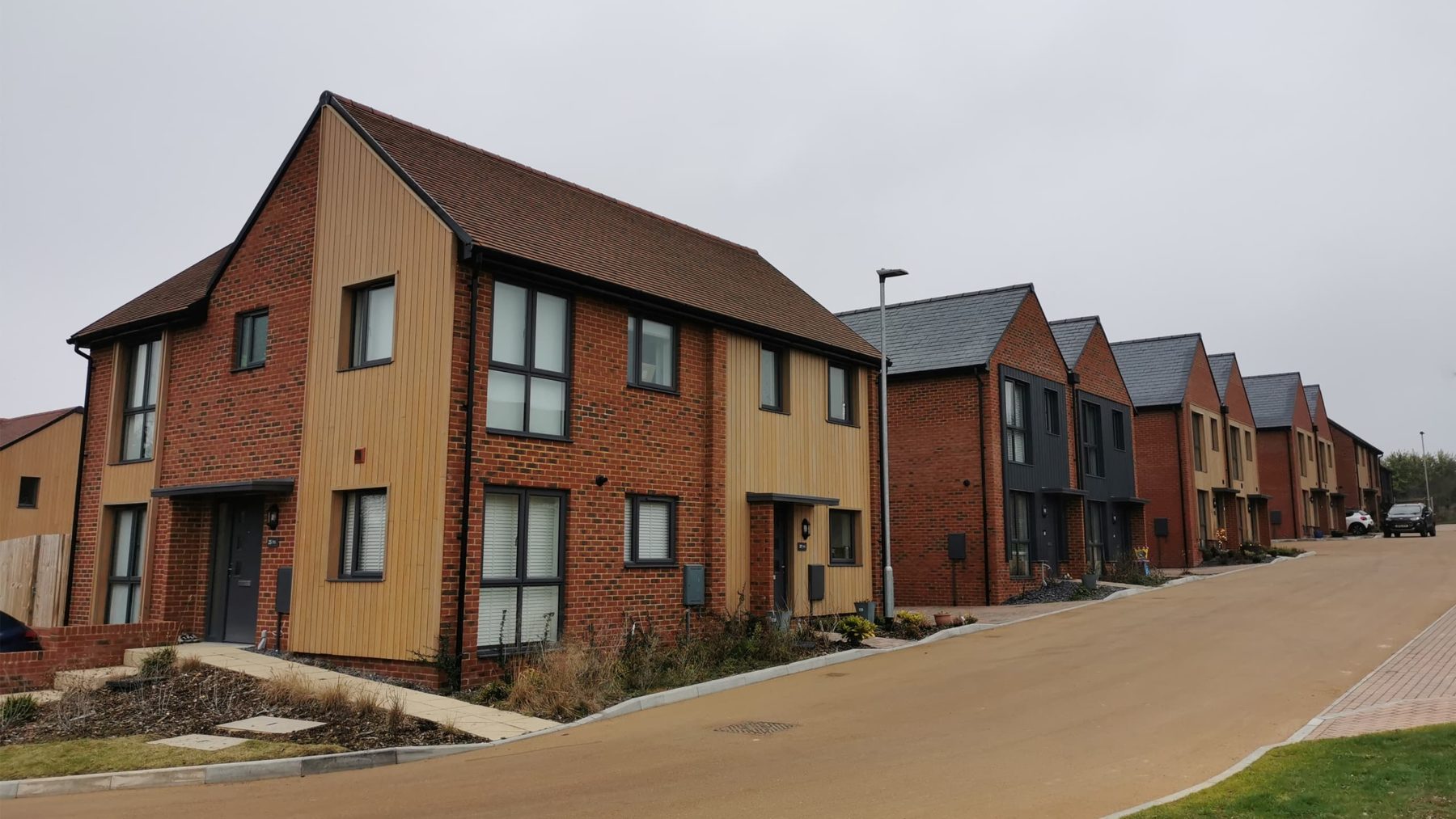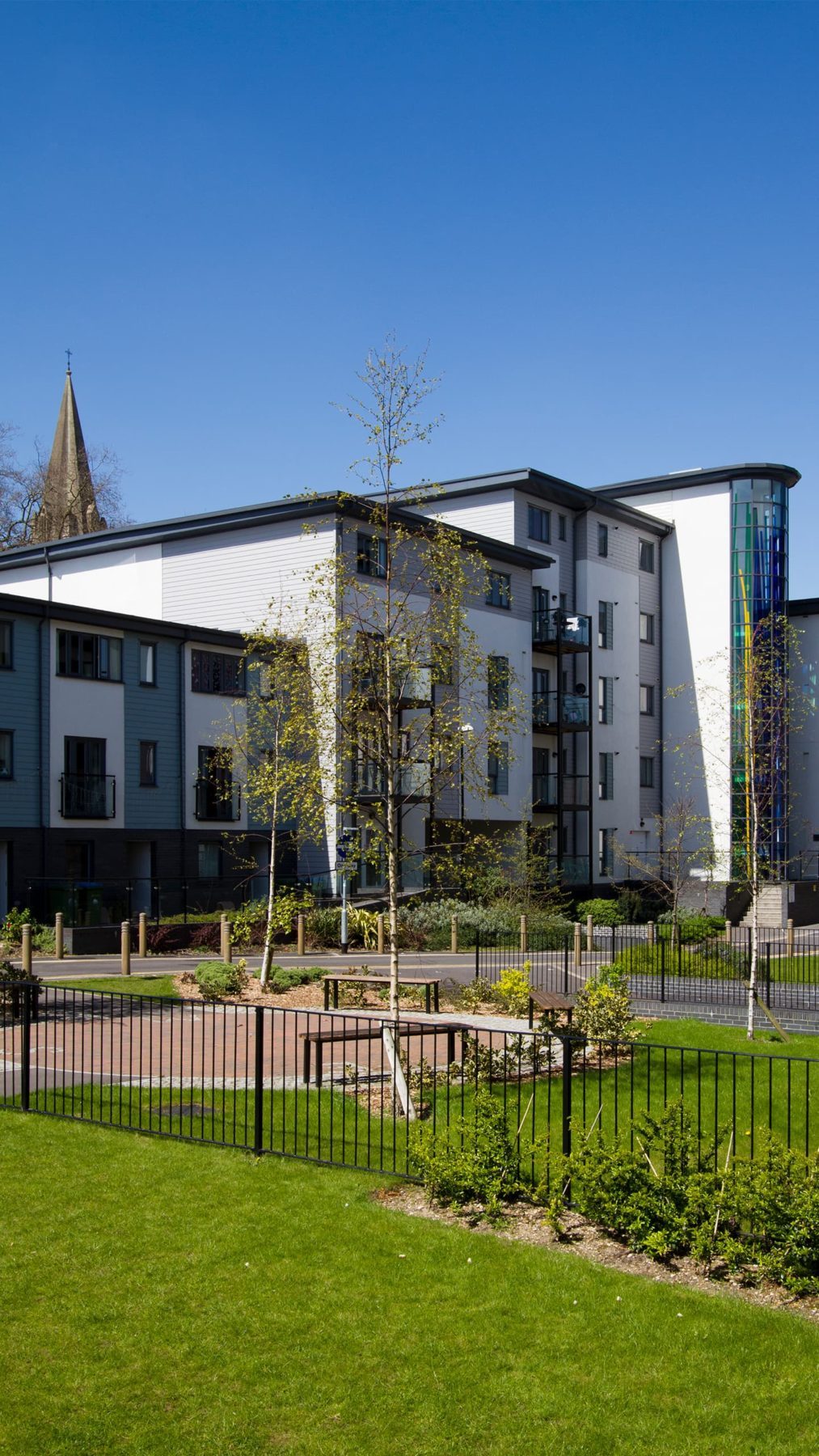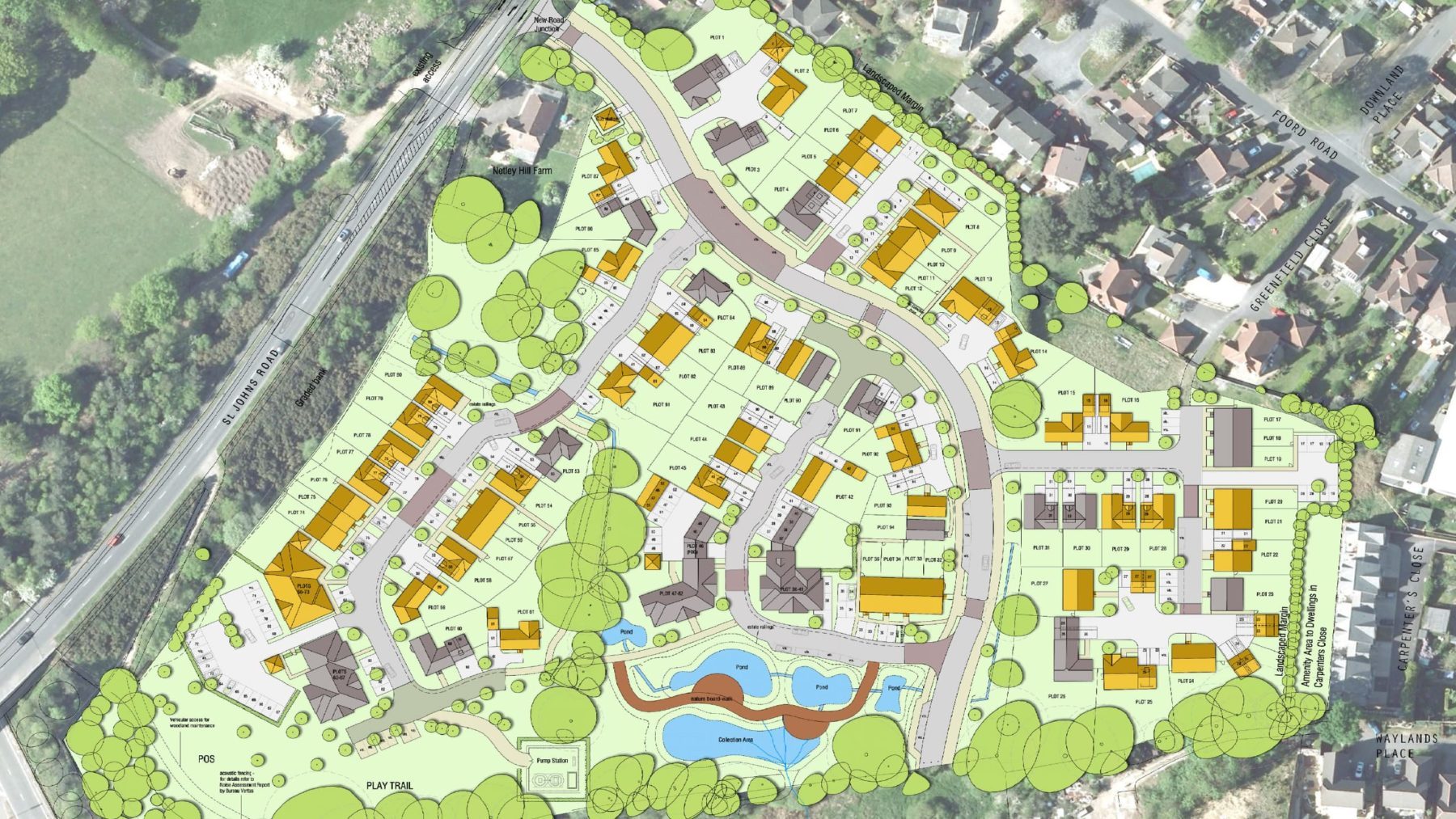Employee Spotlight – David Foulkes

Our architect, David Foulkes, has been a valuable team member at HGP for 20 years now. Embodying our belief in creating long term, working relationships with clients, David has seen multiple projects from feasibility to completion for Foreman Homes. His notable projects include Walworth Road, The Deanery, St, Johns Road and York Gate in Bristol, which at the time was one of the tallest timber framed buildings in the country.
We caught up with David to reflect on his significant milestone.

We are celebrating your 20th anniversary of working at HGP, congratulations on such a fantastic achievement!. How does 20 years at HGP feel like and what has made you stay so long?
I joined HGP only 7 months before my wedding. So, I celebrate 2 milestones within a short space of time. I can’t really believe that the twenty years has gone by so quickly. My wife and I enjoy living on the south coast being near the sea and the New Forest. Working with a good team is a factor as well as good working relationships with current colleagues and the many people I have worked with over the years. That and the work being constantly challenging builds a sense of loyalty. I feel that others stay for similar reasons and because HGP has a thriving social life with the many activities and events that are arranged for the staff.
Do you recall your most memorable career lesson you’ve learned while at HGP?
I was a newly qualified Architect when I joined HGP. I have learnt something with each new project and am still learning now in an ever-changing profession and industry.
What are 3 words to best describe your time at HGP?
Teamwork, Learning, Contributing.

What has been the biggest change in HGP since you’ve been working here?
I have worked in many parts of the building, which, in itself, has changed over the years, but probably the biggest change is how we produce information. When I began here, I worked using principally 2D AutoCAD but now most work is produced in 3D and we use a variety of software to do so.
Where do you see the architecture industry in another 20 years?
It will probably be very different. The way people shop will mean that the need for large retail and commercial spaces will be less prominent. With an ever-increasing population, residential and entertainment facilities will become the mainstay. The difference, however, will not only be the types of building that are needed, but also the way they are designed (and built). We are all aware of the advances of AI in other fields. This will surely impact architecture and the role of the Architect/designer, particularly in the field of sustainable design.
What, in your opinion, are the key ingredients of a successful architecture practice?
The key ingredients of a successful architecture practice are, understanding the need of the client, adapting to an ever-changing world and having a clear strategic objective and philosophy focussing on quality of design to secure interesting and challenging projects for staff to work on. Providing a quality work environment, support and life/work balance is vital also, to ensure an internal culture that leads to long serving staff like myself.

What is your favourite building and/ or architect?
A difficult question but partly due to my interest in Roman history I will say The Pantheon in Rome. A building still in use today and an incredible internal space. My favourite architect is John Soane, Architect of the wonderful Dulwich Picture Gallery
If you could do another job for just one day, what would it be?
Archaeologist or museum curator.
Archaeologist or museum curator. I have always had an interest in Archaeology; understanding how humans lived their lives has always held a fascination with me. Visiting Skara Brae in Orkney and Pompeii in Italy (two of my favourite places), you see how the way people live has evolved.